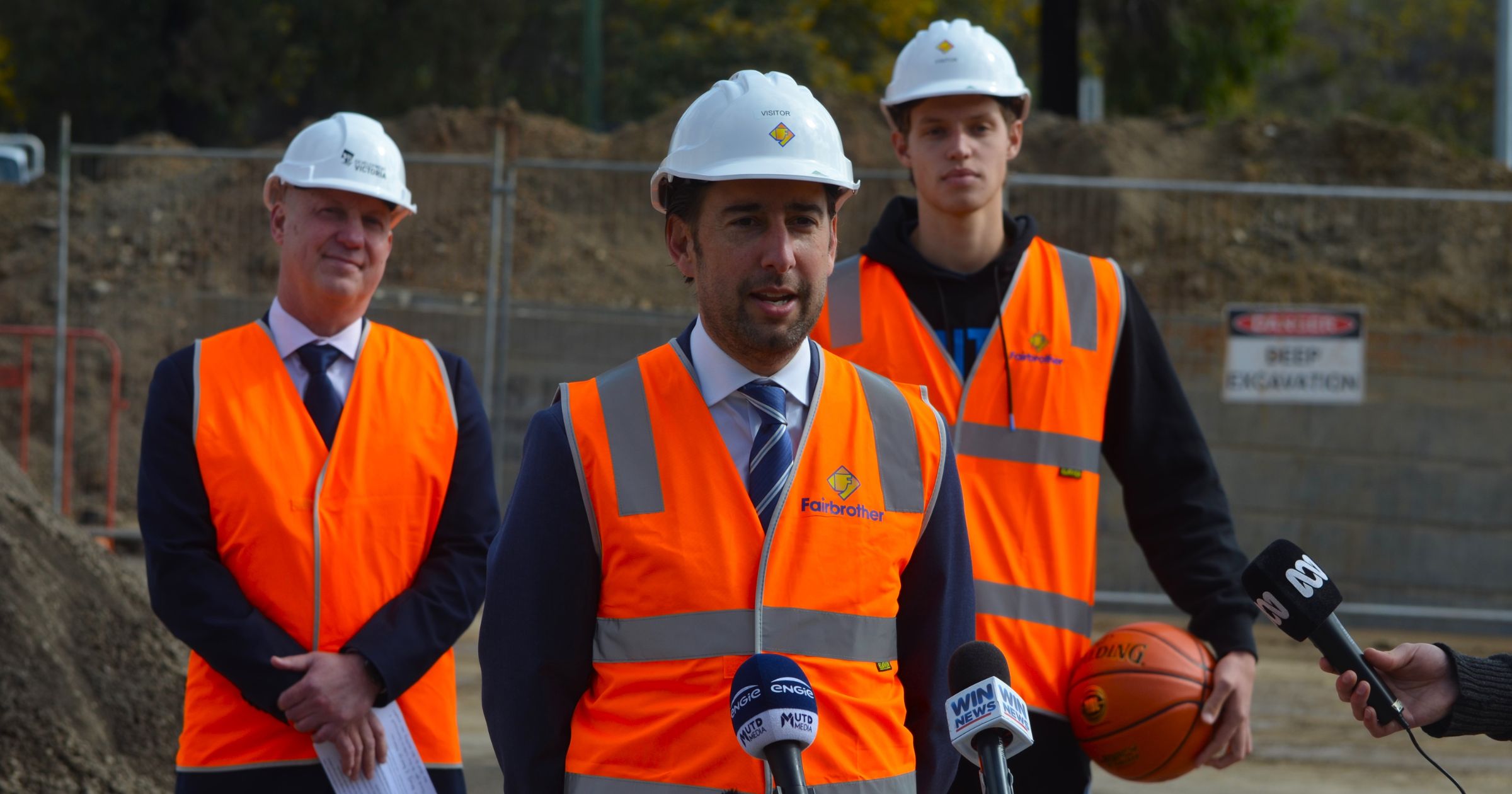What’s in the budget for Bendigo?

Spend: Funding for an upgrade to the Midland Highway and Howard Street intersection was announced in the Victorian budget last week. Photo: FILE
THIS year’s State budget includes a more than five-point-seven-billion-dollar spend on the regions, and Bendigo has received money for health, roads, the Commonwealth Games and the environment.
As part of the budget, the State Government announced $52 million to treat mine affected groundwater at popular tourist site Central Deborah Gold Mine.
The groundwater contains hydrogen sulphide gas which causes a rotten egg odour and has remained a point of concern for the gold mine’s operator, Bendigo Heritage Attractions.
Company CEO James Reade said the money was significant.
“The funding announcement… secures the future of the Central Deborah Gold Mine as one of Bendigo’s key tourism and heritage attractions,” he said.
“It allows us to plan for our future and focus on improving our visitor experience. Bendigo Heritage Attractions looks forward to continuing to work with the Victorian Government to deliver this important project.”
The notorious Midland Highway and Howard Street intersection in Epsom is also slated to receive a makeover after being listed in a $101 million statewide regional roads upgrade.
The funding answers the calls of local residents who formed the Epsom Road Safety Group last year to campaign for upgrades at the site after two young school students were hit by a car.
Separately, the intersection is also set to receive an upgrade as part of a multimillion-dollar redevelopment planned for the Epsom Village shops.
The site was listed as a priority on the City of Greater Bendigo’s State budget wish list, but their number one request – funding for an upgrade to the Bendigo Art Gallery – was ignored.
Victorian treasurer Tim Pallas said not everyone could be a winner in the State’s financial plans.
“Yes, budgets are finite things and therefore it means that not every project can be funded, not every expenditure item can be met, not every ambition can be delt with immediately,” he said.
“We have put a substantial amount of funds into the arts in this budget and the aim is to ensure, progressively and over time, we continue to make those investments.”
Almost $7 million has been put towards the Healthy Heart of Victoria program, which aims to improve the health of the Loddon Campaspe region by running programs promoting physical activity and healthy eating.
In calling for the funding, Greater Bendigo mayor Cr Andrea Metcalf said past key achievements included free outdoor exercise equipment and fitness programs, new walking paths and lighting, and healthy cooking classes.
“This initiative has plenty of runs on the board that have delivered meaningful, practical outcomes and there’s more important work to do, which cannot continue without this funding,” she said.
As part of the State Government’s Pandemic Repair Plan, $3.5 million will be spent on planning for mental health and alcohol and other drugs crisis hubs in Bendigo, Ballarat and Shepparton.
Upgrades have been flagged for Bendigo Hospital’s mental health facilities as part of a $62 million spend on regional healthcare, and money is also being put towards getting more psychiatrists, dietitians, social workers, nurses and specialist outpatient treatments locally for people with eating disorders.
While it’s four years away, $2.6 billion has been set for the regional Victorian Commonwealth Games which Bendigo will play a key role in.
Last month the region was announced as one of four hubs for the major sporting event, and Mr Pallas said discussions were almost complete with an organising committee in the UK.
“We’re happy with the approach they are taking with the regional hub strategy,” he said.
“It’s not just a fantastic sporting event, which it will be, but it’s about what do we expect to see that will come out of the Games enduring for the communities that have hosted it.
“We’re expecting to see improved sporting facilities, we’re expecting to see more housing, [and] better transport linkages.”


















